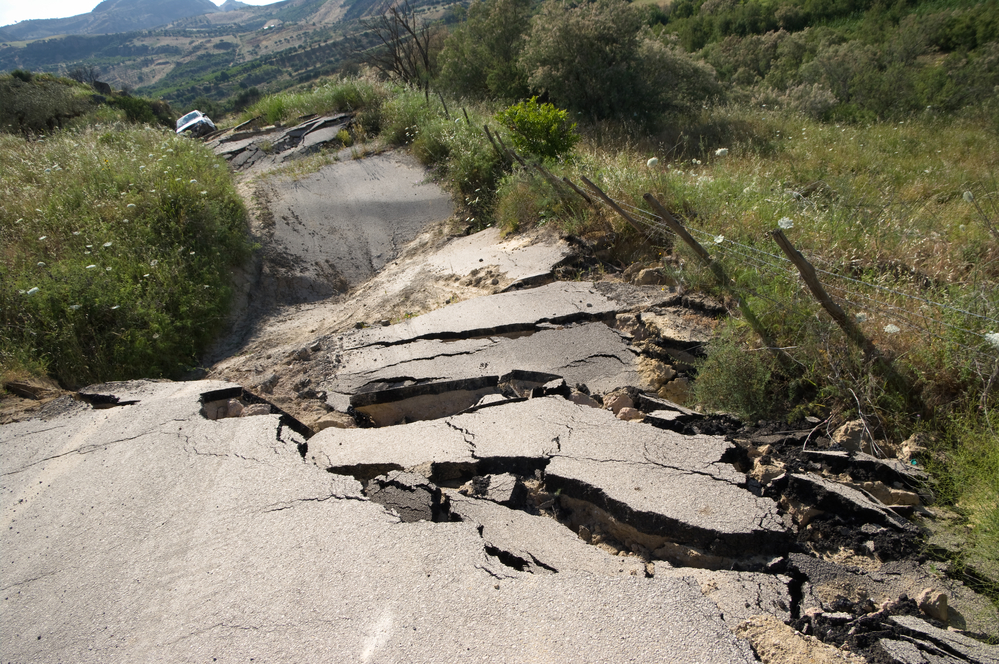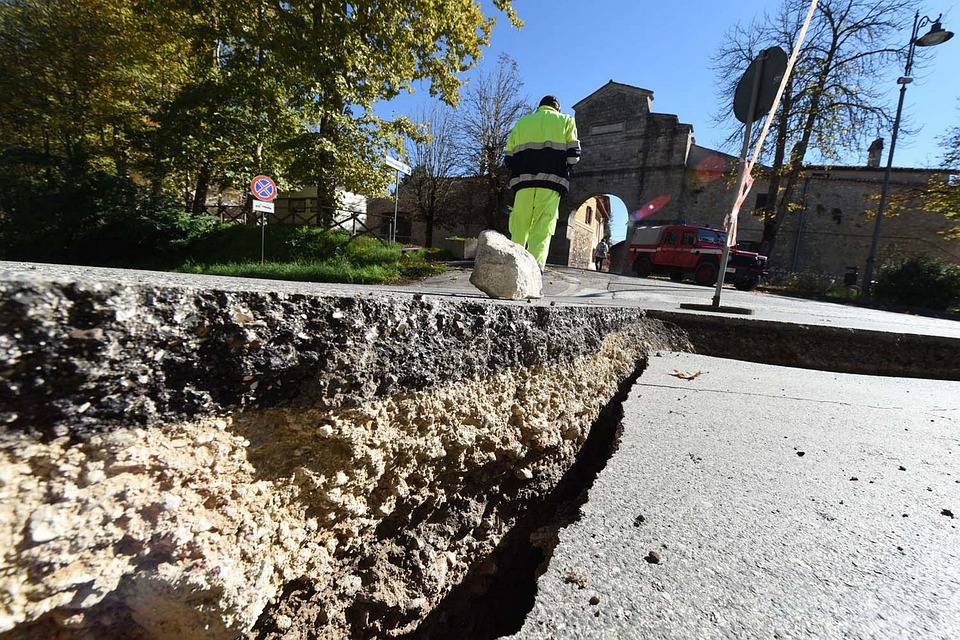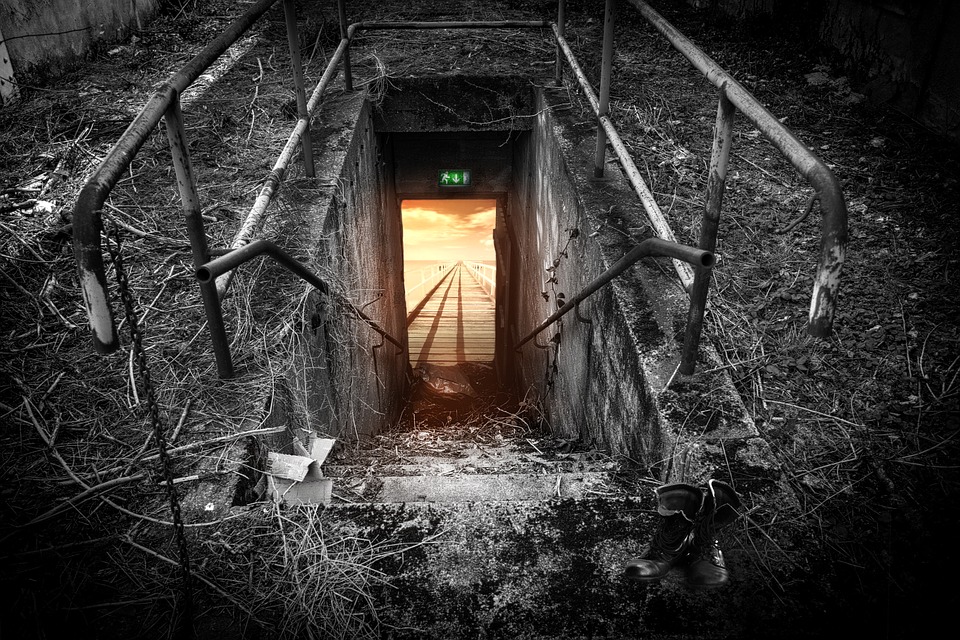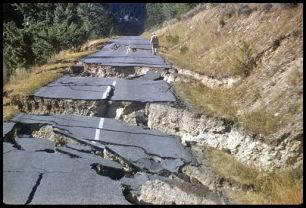
The study of recent earthquakes is very important. Scientists can predict where major earthquakes might occur in a general sense, but research does not yet allow forecasts for specific locations or accurate predictions of timing. Major earthquakes, some generating tsunamis, have leveled entire cities and affected whole countries. Relatively minor earthquakes can also be induced, or caused, by human activity, including extraction of minerals from Earth and the collapse of large buildings. As with the events of recent earthquakes, the affects can be deadly. If you live in or are planning to move to an area that experiences frequent earthquakes, it’s important to understand what earthquakes are in order to be better prepared.
WHAT IS AN EARTHQUAKE?

- African
- Pacific
- Antarctic
- Eurasian
- North American
- South American
- Indo-Australian
Earthquakes are usually caused by ruptures of geological faults. However, they can be caused by other events too, such as volcanic activity, landslides, mine blasts, and nuclear tests. An earthquake’s point of initial rupture is called a focus or hypocenter and, the epicenter is the point at ground level directly above the initial point of rupture.
Ring of Fire
Scientists say the Ring of Fire is shaped like a horseshoe that borders the Pacific Ocean. Three-fourths of the earth’s volcanoes are located in this region, and it is a hot-bed of seismic activity. The horseshoe travels through South America, the coast of North America, through the Bering Strait and across to Japan and New Zealand. Earthquakes often occur in volcanic regions and are caused there, both by tectonic faults and the movement of magma. These types of earthquakes can serve as an early warning sign of a volcanic eruption, and earthquake swarms can serve as markers for the location of where the magma is flowing underneath the surface.
After the Earthquake
Earthquakes can be followed by a series of aftershocks or smaller quakes. Aftershocks are earthquakes that occur after recent earthquakes in the same region, but are always a smaller magnitude. If an aftershock is larger than the main shock that came before it, it is designated as the main shock. The original main shock is designated as a foreshock. At the Earth’s surface, earthquakes manifest themselves by shaking and displacing or disrupting the ground. If the epicenter of a large quake is located offshore, the seabed can be displaced enough to cause a tsunami. Earthquakes can also trigger landslides, and occasionally, volcanic activity.
Tsunamis may occur when recent earthquakes take place under the ocean. Water moves dramatically if the ocean floor shifts, and huge waves are created that do more damage than the recent earthquakes themselves. Tsunamis travel quickly through the ocean at 500 miles per hour. Places that are more in danger of tsunamis are coastal areas. However, the water surge from a tsunami can travel inland and cause even more damage.
Why Study Earthquakes?
The objective of earthquake study is to foresee the impact earthquakes can have on buildings and other structures in hopes to design structures that will minimize damage risk and to modify existing structures to improve their resistance to earthquakes. Earthquake insurance can provide building owners with financial protection against losses resulting from earthquakes. Emergency management strategies are also great programs and can be employed to mitigate risk and prepare for disasters.
MOST RECENT EARTHQUAKES IN 2018
Earthquakes happen many times every year all over the world, and the severity of each is measured in a few different ways. Of the recent earthquakes that have happened so far in 2018, these are the deadliest quakes with the most severe aftermaths.
Sulawesi
On September 28, 2018, a large earthquake struck the neck of the Indonesian Peninsula, Minahasa. Its epicenter was located in the mountainous Donggala Regency in Central Sulawesi with a magnitude quake of 7.5 located 77 km (48 mi) away from the provincial capital, Palu. The quake itself was felt as far away as East Kalimantan and Malaysia. A tsunami alert was issued for the nearby Makassar Strait following the initial shock, but was called off half an hour later. A localized tsunami struck Palu, sweeping away shore-lying houses and buildings. The combined effects of the earthquake and the tsunami led to the deaths of at least 2,000 people.
Lombok
On August 5th, 2018, a destructive and shallow earthquake struck the island of Lombok in Indonesia. The epicenter was inland near Loloan Village in North Lombok Regency. Shaking was reported throughout the island, and neighboring islands of Bali and Sumbawa, and widespread damage was reported in Lombok and Bali. In the aftermath of a sequence of earthquakes in August, a total of 563 people were killed, more than 1,000 were injured, and more than 417,000 people displaced. The earthquake is the largest and the strongest earthquake to have hit Lombok in recorded history. With more than 560 deaths, it is also the deadliest earthquake in Lesser Sunda Islands since 1992.
Papua New Guinea
The Papua New Guinea earthquake was a magnitude 7.5 earthquake that occurred in Hela Province, Papua New Guinea, on February 26th, 2018. The earthquake’s epicenter was 10 kilometers (6.2 mi) west of the town of Komo. 160 people were killed and many others were injured. An aftershock killed 11 people on March 4th, while another aftershock on March 7th killed at least 25 more. A third aftershock killed another 4 people on April 7th- more than a month after the first tremors hit the area.
Japan
An earthquake struck southern Hokkaido, Japan on September 6th, 2018. The earthquake’s epicenter was near Tomakomai and registered a magnitude of 6.7. Shaking from the earthquake was felt in Hokkaido and Aomori Prefecture and disrupted electrical service throughout Hokkaido which left 5.3 million residents without power. 41 people were confirmed dead.
Hela Province
This earthquake, in Papua New Guinea, was a magnitude 7.5 earthquake February 26th, 2018 at 3:44 a.m. local time. The earthquake’s epicenter was 10 kilometers (6.2 mi) west of the town of Komo. A total of 160 people were killed, and many others were injured. An aftershock killed 11 people on March 4th while another aftershock occurred on March 7th killing at least 25 more. Yet, another aftershock occurred on April 7th that killed another 4 people more than a month after the first tremors hit the area.
STAYING SAFE DURING AN EARTHQUAKE under pass

If you live in, or are moving to, an area that is experiences earthquakes, it’s smart to have a readiness plan in place. Consulting a professional can teach you techniques to make your home sturdier, such as bolting bookcases and water heaters to wall studs or installing strong latches on cupboards.
Do a walk-through of your house. Locate a place in each room that is a good place to go in case of an earthquake. It should be a spot where things are not likely to fall on top of you, such as underneath a doorframe.
Know how to turn your gas and water mains off. Also, keep a supply of canned food, a first-aid kit, 3 gallons of water per person, dust masks and goggles, flashlights, and a working radio on hand in case an earthquake hits your area.
When Shaking Starts, drop down and take cover under a desk or table. This will keep larger objects from falling directly on top of you. Stay indoors and away from windows until the shaking stops, and you’re sure it’s safe to exit. If you are outdoors, find a clear spot away from buildings, trees, and power lines and drop to the ground. While the ground is shaking, be sure to stay away from large furniture, such as bookcases, that can fall on you. In a high-rise building, expect the fire alarms and sprinklers to go off during a quake. If you are in bed, hold on and stay there. Protect your head with one of the pillows.
CONCLUSION
An earthquake, also known as a quake, tremor or temblor, is the shaking of the surface of the Earth resulting from a sudden release of energy in the Earth’s lithosphere. Earthquakes can range in size from so weak that they cannot be felt, to violent enough to level entire cities. An increase in detected earthquakes doesn’t necessarily represent an increase in earthquakes. Population increase, habitation spreading, and advancement in technology can contribute to higher accuracy of earthquake detection over time.
Earthquakes are a common occurrence. They shake below Earth’s surface thousands of times every day, but major earthquakes are far less common. We hope that this list of recent earthquakes has given you enough information on the effect quakes can have. Studying recent earthquakes can give insight into the best way to prepare for an earthquake. Having a plan in place for what to do once the ground starts shaking is incredibly important and can help save lives

